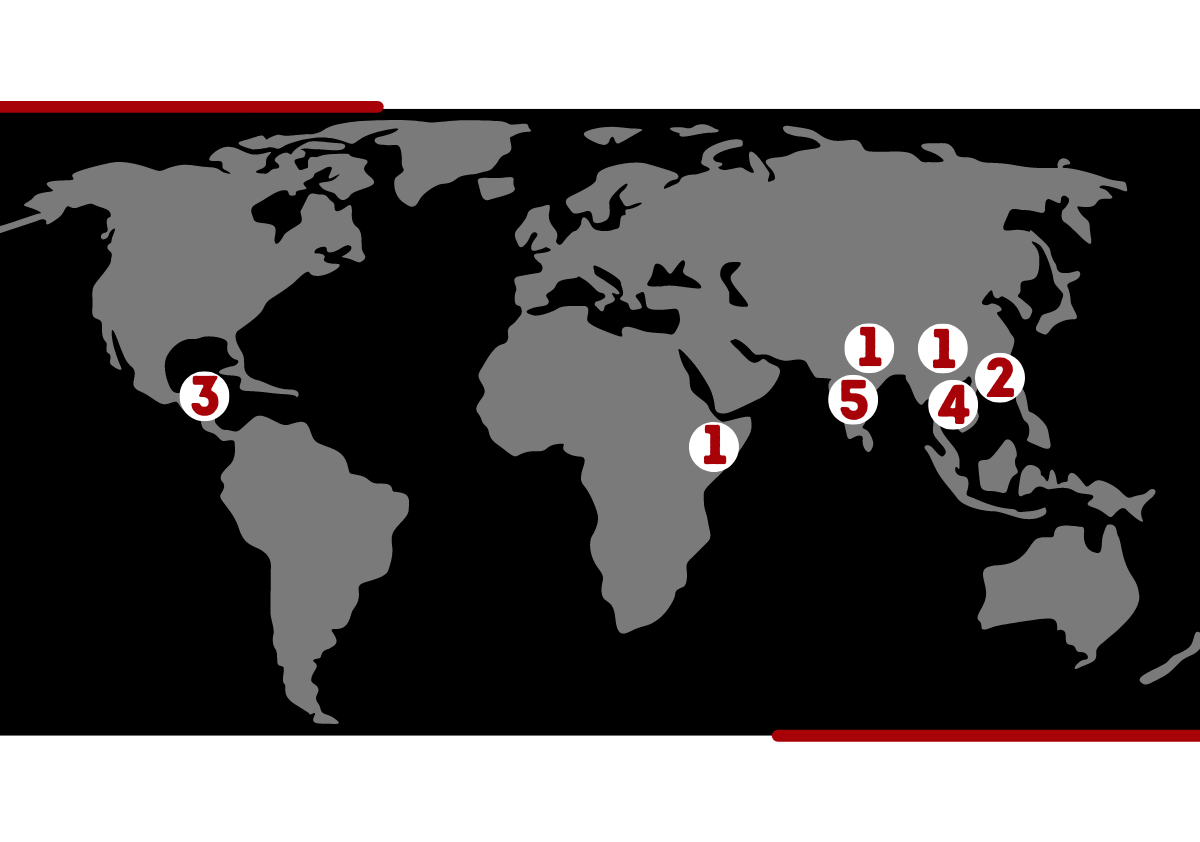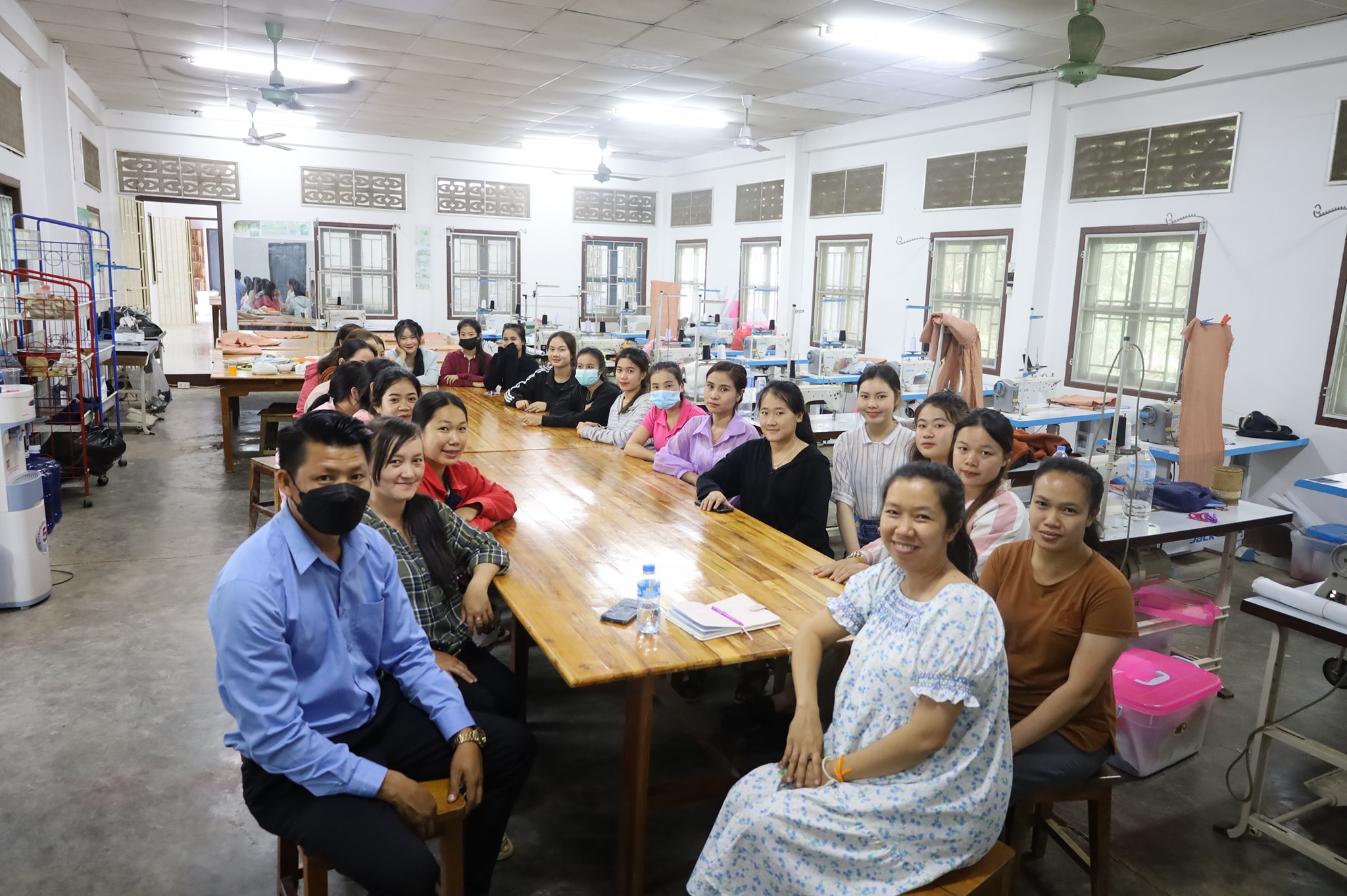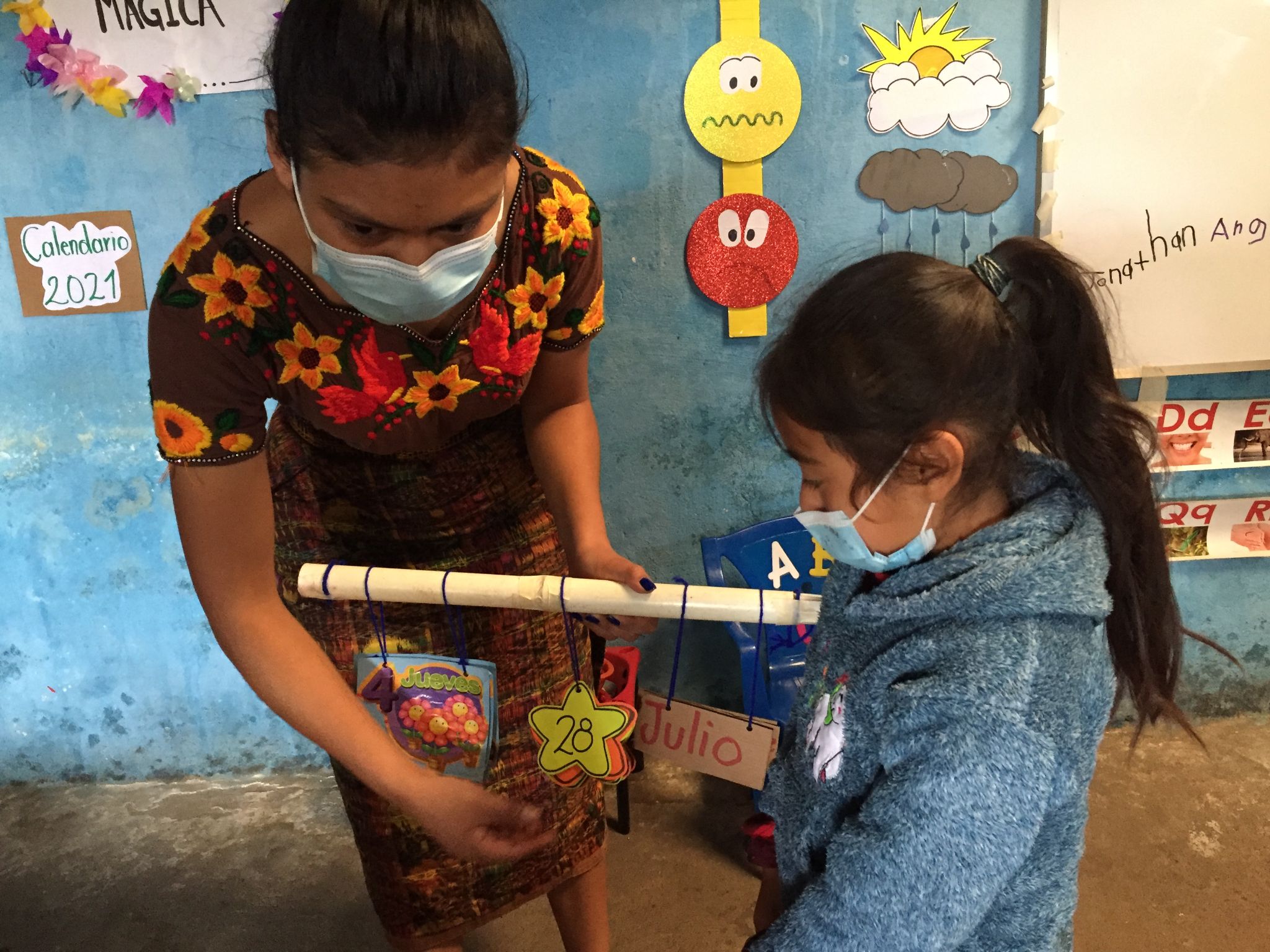As you might have learned from our previous GoPhil’s key sectors blog post on health care, or observed by going through our site, we focus on 3 key sectors of development: health, human rights, and education. In today’s post, we would love to focus on our second key sector: education.
We believe supporting education efforts around the globe is pivotal to reaching our community’s vision of a more just and equitable world. According to the UN’s Sustainable Development Goal 4, education development contributes to global equity by providing quality education and a lifelong learning opportunity for all. The UN’s seven “outcome-oriented targets” for Goal 4 are:
- free primary and secondary education
- equal access to quality pre-primary education
- affordable technical, vocational and higher education
- increased number of people with relevant skills for financial success
- elimination of all discrimination in education
- universal literacy and numeracy
- and, education for sustainable development and global citizenship
As a global community, we have a long way to go before reaching the Goal 4 targets. To ensure we are playing a key role in supporting education efforts, the GoPhil team has worked hard to identify partners that are actively working on at least one Goal 4 target in their community.
Just like our criteria for health partners, we believe that addressing education issues requires leaders and organizations who have intimate knowledges of the unique challenges that their community faces in order to adequately support and address their needs.
We have 17 education partners in 7 countries (not including our newest region, Mexico) who collectively support pre-primary to adult education. This includes traditional and untraditional methods of education both inside and outside of the classroom. In the next section, we will provide an overview of the main challenges our partners are working to address by region and highlight our active education partners.

INDIA
Prior to the pandemic, there were several barriers to education that our Indian partners’ communities were facing. The first is widespread poverty, child labor, and child exploitation. In fact, India is home to the largest number of child laborers in the world. Addressing and working to end child labor, child marriage, and exploitation involves extensive rescue work, rehabilitation, and awareness programs, as well as access to free and affordable education. The second is the lack of gender equity and prevalent gender discrimination. Giving girls and women opportunities to learn as well as teaching boys to be allies for gender equality is imperative. It is also important to note that India is a diverse country of many languages, cultures, and geographies. Getting adequate learning materials that meet the linguistic needs of a community is very difficult or impossible as most learning materials are in English.
Our partners in India provide safe spaces and opportunities for children to learn, that often includes housing, culturally and linguistically appropriate education opportunities, support from government offices, and psychosocial support. To learn more about our Indian education partners and their unique approaches to addressing education barriers, you can visit their pages:

NEPAL
In Nepal, the challenges are very similar to India with many cases of gender discrimination and child exploitation throughout the region. There are also extensive financial barriers to quality education in Nepal due to the vast funding and skill gaps between private schools and public schools. Public schools in Nepal are known for being poorly managed and few students make the effort to come to school since they are often far from home and it is not seen as a valuable use of their time to their families.
In Nepal, we have one partner focused on education development called Collaborative Schools Network. Their work is focused on increasing the quality of public school education by working in partnership with the government and local communities to invest resources into schools to make sure they are properly managed. Through their work in several public schools in the Kathmandu valley region, school enrollment is increasing, curriculums are improving, the communities mindset around the importance of education is changing, and public school teachers are teaching more effectively.
CAMBODIA
Under the Khmer Rouge regime that lasted from 1975-1979, almost all of Cambodia’s educated individuals (teachers, doctors, and intellectuals that were seen as a potential threat to the regime) were killed in a genocide that took the lives of more than 1.7 million people. The Khmer Rouge also destroyed books and schools throughout the country. It is estimated that 80% of Khmer written works were destroyed. As a result, Cambodian society is still working to recover, with many parents and grandparents that never received formal education and intergenerational PTSD.
While extensive progress has been made to rebuild the economy and education system, there is a lack of educational funding from the government and the country is very reliant on foreign aid especially for rural and financially disadvantaged youth. In Cambodia, our partners are focused on education efforts in the Siem Reap region. Siem Reap is one of the poorest provinces in the country despite it being the center for tourism due to so many families living in poverty and off of subsistence farming.
Our partners support the academic, psychosocial, and professional development of children, youth, and women to help provide them and their families with sustainable incomes. They all offer untraditional education opportunities (after school programming, vocational training, art programs, etc.) in addition to working in partnership with local schools and universities. To learn more about our Cambodian education partners and how each of them are contributing to education development in Siem Reap, you can visit their pages:

VIETNAM
In Vietnam, there are still geographic, language, financial, and gender barriers impacting children and youth’s ability to access quality education. In the cities, child labor and exploitation is a pervasive issue. Similar to our partners’ efforts in India, initiatives to address and end child labor and exploitation are through extensive rescue work, rehabilitation, and awareness programs, while providing access to free and affordable education. In rural communities, lack of quality schools, widespread poverty, and gender barriers make it difficult for children and youth to go to school. Many children and youth, especially young girls, are not given the emotional and financial support to continue their education and often drop out. Children from ethnic communities also face language and cultural barriers, with little to no books or local schools providing lessons that are linguistically or culturally appropriate.
Our partners Blue Dragon and Children’s Education Foundation (CEF) are both working to provide more opportunities to education for children and youth. Blue Dragon is located in Hanoi and was initially formed to support urban children and youth and expanded into a massive effort to combat trafficking, exploitation, lack of education access, and lack of vocational programming in their community, while CEF targets girls living in rural and remote areas. CEF provides support to young girls in rural and remote communities so that they can reach their potential. The partners work together to help develop and shape their programs to best support the children and youth in their respective communities.
If you would like to learn more about their incredible work, you can visit their pages:
LAOS
Although Laos neighbors Cambodia, it has remained relatively isolated from the rest of world and is not nearly as reliant on international NGOs. However, that does not mean that the country is without its challenges. Lack of education access, poverty, gender discrimination, and high drops out rates are all major issues occurring throughout Laos. In a recent study conducted by UNICEF, Laos continues to have some of the poorest education indicators in South East Asia with less than 40% of its youth reaching upper secondary education.
The education system in Laos is managed through a top down government approach, where key decision makers are high ranking political officials that are predominately male. As a result, many decisions do not meet the needs of rural and less affluent communities causing Laos’ current labor shortages and primarily male workforce.
Our partner, Laos Educational Opportunities Trust (LEOT), works to address these systemic issues by operating a school run by local teachers that also focuses on non-traditional forms of education like community projects. They strive to eliminate education barriers that their community faces by providing electricity, clean water, and sanitation to the students and their families.

KENYA
In Kenya, women and girls face many barriers and challenges due to gender discrimination and cultural practices. Although it has been banned for over a decade, female genital mutilation (FGM) is still widely practiced in rural and tribal communities, like the Masaai. Additionally, child marriage through trading young girls in exchange for livestock is also a regular practice. Since wives are generally much younger than their husbands in the Masaai community, they are often widowed. In this culture, women do not have a right to own (or inherit) any property, and teenage widows with children are often left behind when a husband dies, leaving them with no home or means to survive. They are typically uneducated and unable to find work, leading to further poverty for themselves and their families.
Advocating for women’s rights is a crucial component of achieving education equity in Kenya, so that women and young girls are able to attend school safely without fear of being physically harmed or sold, and are able to be financially independent.
Our partner, Maji Moto and Maji Moto’s Enkiteng Lepa School, holistically addresses the challenges Masaai women face by providing a rescue center to protect girls from FGM, schooling for children and adults (with night classes to fit the schedules of children who take care of their families livestock), support for continuing education, and a widow’s village for women to live and support each other.
GUATEMALA
Guatemala faces many challenges in providing equitable and quality access to education. First, the geography of the country itself makes it difficult for many communities to access government schools and state services. The country is very mountainous causing many rural and indigenous communities to mostly live in isolation as schools are often hours away. This has lead to school material and teachers being unable to support the linguistic and cultural needs of rural and indigenous community members. In addition to the distance, the government schools are not free, forcing families to choose between food and housing or their children’s education.
Guatemala also has a turbulent history, which has lead to the rise of street crime and drug use in the country. Now, many parents are hesitant to allow their children to travel long distances in fear for their safety. Unfortunately, many youth drop out of school and join gangs as opportunities are very limited.
Our education partners in Guatemala provide education services in rural communities so children and youth do not have to travel hours to attend school. They also run initiatives to help youths find positive alternatives to gangs and to stop involving themselves in crime. You can learn more about the partners and their uplifting were by visiting their pages here:

MEXICO
In our newest region, our partners work in Oaxaca where 60% of the community lives in extreme poverty. Oaxaca is actually the second poorest state out of the 31 states in the country and home to 33% of the country’s indigenous population.
While many children aged 4-14 are in school, many youth look for work to support themselves and their families in different states in Mexico, leading to many high school drop outs and the continued cycle of poverty. We have just introduced two new partners in the region and look forward to sharing more about their work and how they will be addressing education disparities on our website soon!
Thank you for taking the time to learn about education challenges and ongoing efforts in our partner regions! As you can imagine, COVID-19 lockdowns have only exacerbated these issues and most of our education partners have had to alter their scope of work to focus on health and hygiene initiatives while finding creative and innovative ways to continue providing lessons and support to children. Our education partners have provided food packages, IT resources, health supplies, and emergency support to their communities and we are in awe of their incredible efforts. The work of our education partners is life-changing and in many cases, life-saving!
This is why we choose to have education as a key sector and we hope by reading this post you are inspired to learn more about our partners’ incredible work and to see how you can contribute to global education development!
Resources:
- https://www.economicsdiscussion.net/articles/problems-faced-in-the-progress-of-education-in-india/2291
- https://riseprogramme.org/sites/default/files/2021-02/RISE_WP-061_DeJaeghere_etal.pdf
- https://blogs.griffith.edu.au/asiainsights/access-to-education-and-its-impact-on-gender-disparity-in-laos/
- https://www.tc.columbia.edu/cice/pdf/34880_17_01_Shepherd.pdf
- https://oaxacaculture.com/2020/08/guest-post-help-for-oaxaca-street-children/
